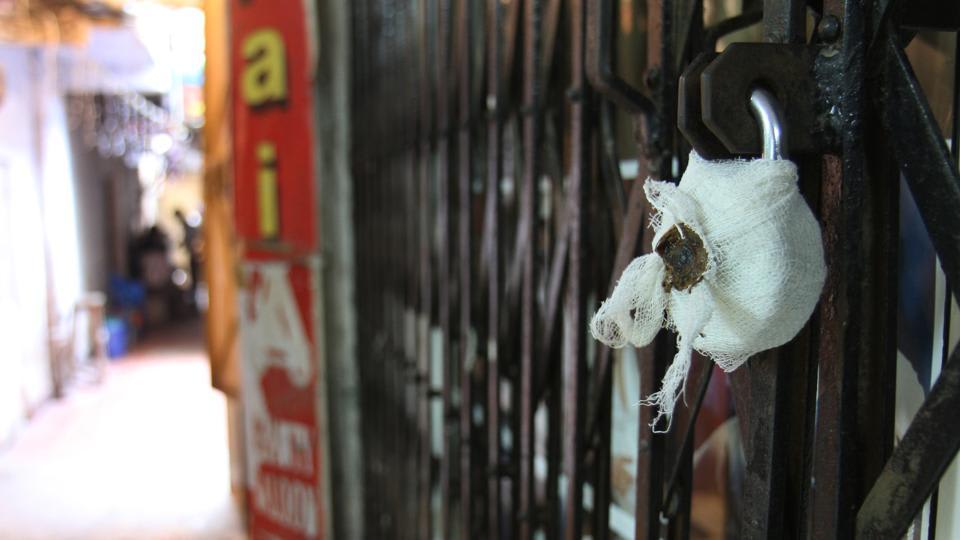
In Delhi, where a majority of constructions violate building norms or are outright illegal, the words sealing and demolition throw up a scary imagery.
The national capital got a reality check in 2006 when simultaneously the Supreme Court ordered sealing of commercial units that ran illegally from residential spaces and the high court directed demolition of unauthorised constructions.
As the court-appointed monitors went about locking up properties after properties and bulldozers landed up at people’s homes, Delhi opened a can of worms. It was not just a local grocery store or a homestead extension at fault. Even government offices, malls run by top designers and high-street fashion outlets were found operating in neighbourhoods not meant for them.
Also, illegal construction turned out to be a problem not restricted to working-class neighbourhoods. Even in the plushest of postal codes, there was hardly a home that did not make an illegal extension — an extra room here, a covered balcony there. Some encroachments brazenly ate into pavements while basements carved out space under public thoroughfares.
Soon, the government stepped in to introduce laws to protect the violators and Delhi’s Master Plan was subsequently amended. In 2012, the Supreme Court withdrew its monitoring committee. This, it said, was done with the “hope and expectation” that the authorities would carry out their statutory duties and act against unauthorised usage.
Five years on, the Apex court feels let down. Observing how “the hope, expectation and trust… reposed in the concerned officers seem to have been completely belied,” the Supreme Court warned last week that it might revive its monitoring committee which had sealed thousands of illegal commercial establishments in Delhi a decade ago.
Ten years was long enough for Delhi to have set its house in order. But as the national capital waited for some proactive measures, unchecked commercialisation paralysed the city. Streets are crammed with traffic. Sewers overflow from excessive load. Pavements have no space for pedestrians. Today, every third resident lives in a poorly provisioned, illegal settlement and house collapses kill more people than any other disaster in normal times.
For any conscientious government, the 2006 sealing and demolition drives should have been a wake-up call. But successive governments have turned a blind eye, as if waiting for the illegalities to gain a critical mass at which they have to be regularised. Granting legal titles in the name of regularisation is an oft-repeated poll promise in Delhi since the 1970s.
Even the list of construction violations is routinely modified to exempt more and more constructions. While the Central laws granted immunity to unlawful structures and land use violations between 2006 and 2014 to buy time to make norms and strengthen the enforcement mechanism, the municipalities have used it as an excuse to not take action against even the more recent contraventions.
Just two months ago, the North Delhi Municipal Corporation proposed a partial amnesty to illegal constructions that came up until a year ago, while admitting that 90% of properties in its jurisdiction had some unauthorised components.
Yet, nobody has invested in strengthening the enforcement mechanism.
While the municipalities remain the biggest offender in this civic mess, the government planners and builders were also at fault. In Delhi, initial urban planning discouraged mixed zones where commercial and residential spaces coexist. But rules were violated and illegal, haphazard commercialisation continued unabated and mixed land use became synonymous with chaos, congestion, corruption and poor quality of life.
Shortage of land also incentivised illegal construction. Much of the blame goes to the Delhi Development Authority, the city’s primary landowner and developer, which failed in its basic duty of providing affordable housing. The agency’s policy of locking up huge tracts of land held up the housing supply. Those in need turned to the illegal market where plots and even ready-to-move flats were available on more flexible terms.
Given the scale of mounting irregularities, mass demolition was not an option. The regularisation drive is also backed as a step towards recognising the rights of the citizenry to housing and workspace. But no matter how many justifications we have for the mess, they do not absolve the authorities, which failed to plan, build, enforce and regulate for six long decades.
That is where a city still aspiring to be ‘world-class’ must draw the line.